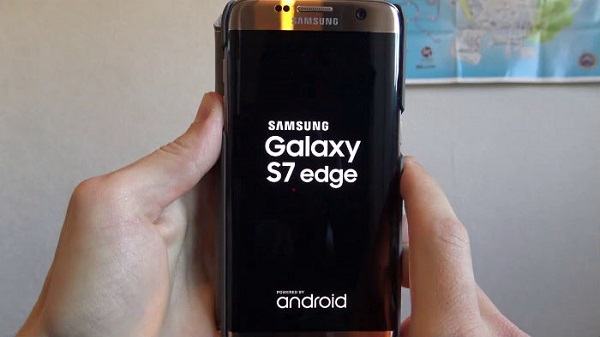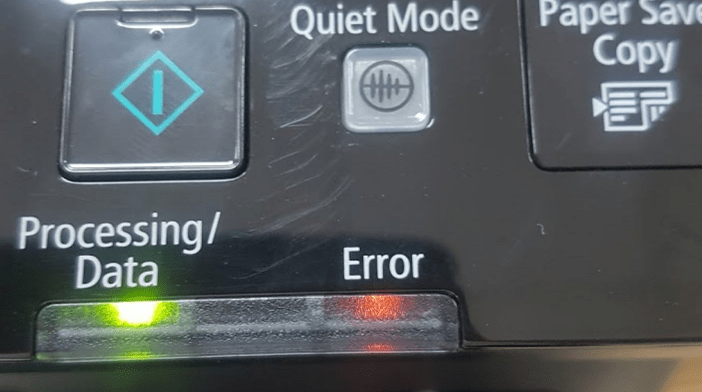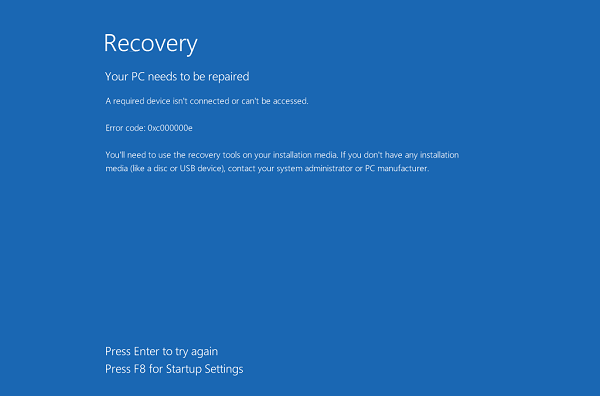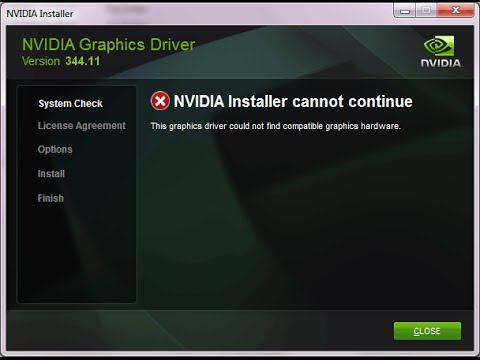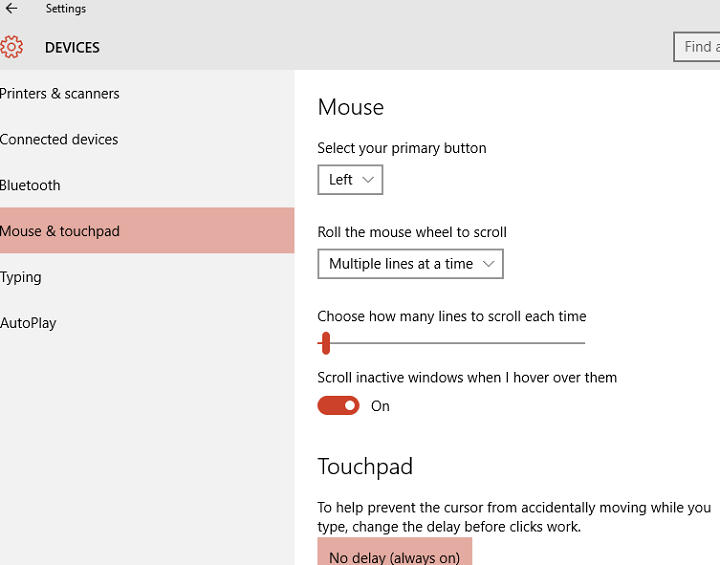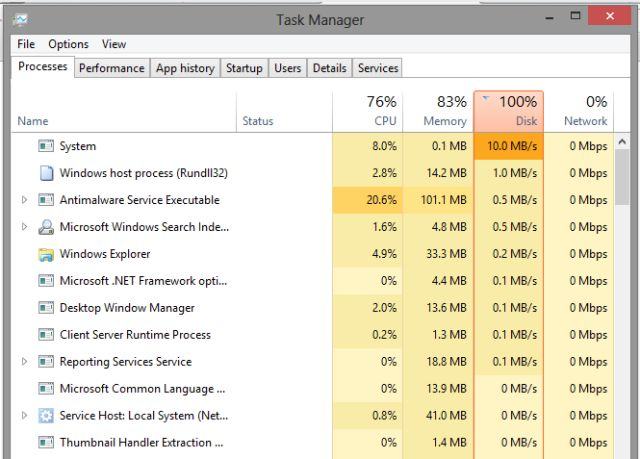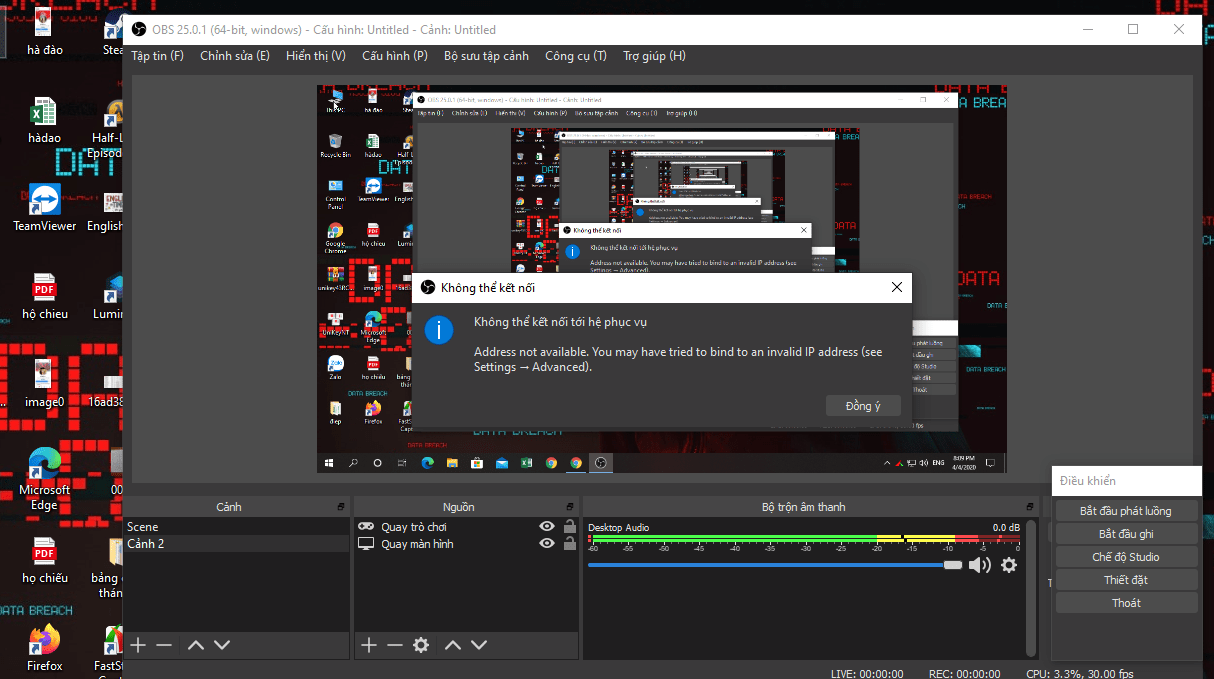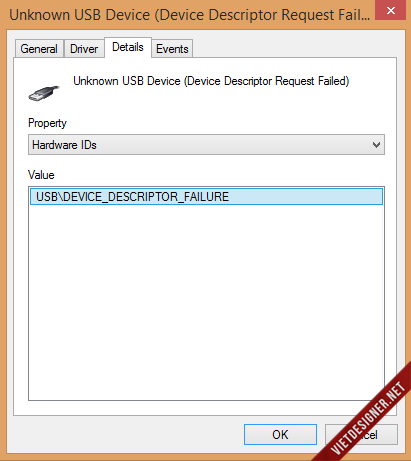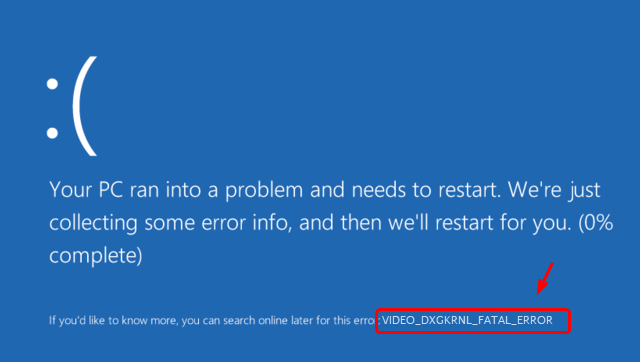Top 10 GPUs that shape the modern gaming world. With the current top-class graphics card, FullHD max setting game release, we will easily forget the days when PC gaming is still “reclaiming”. But if you take a hard look back at the 25-year evolution of a video card, you will see that it has made tremendous leaps in terms of power and performance, and is somewhat reasonable. The answer is why a top-class graphics card like the NVIDIA GeForce RTX 2080 Ti is so expensive. In addition, you will also be quite surprised to learn that today’s popular technologies were first introduced dozens of years ago. The following is a list of 10 shaping the modern game world.
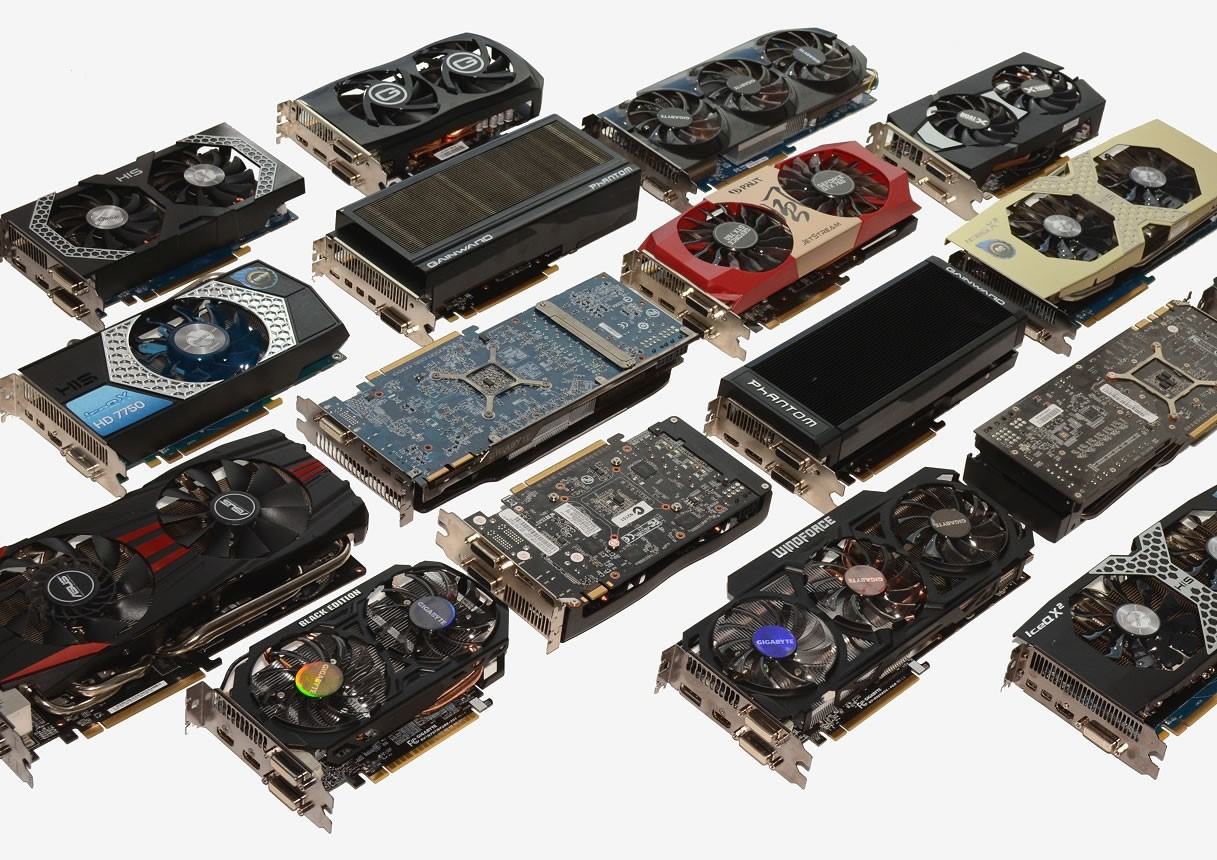
Table of Contents
3dfx Voodoo
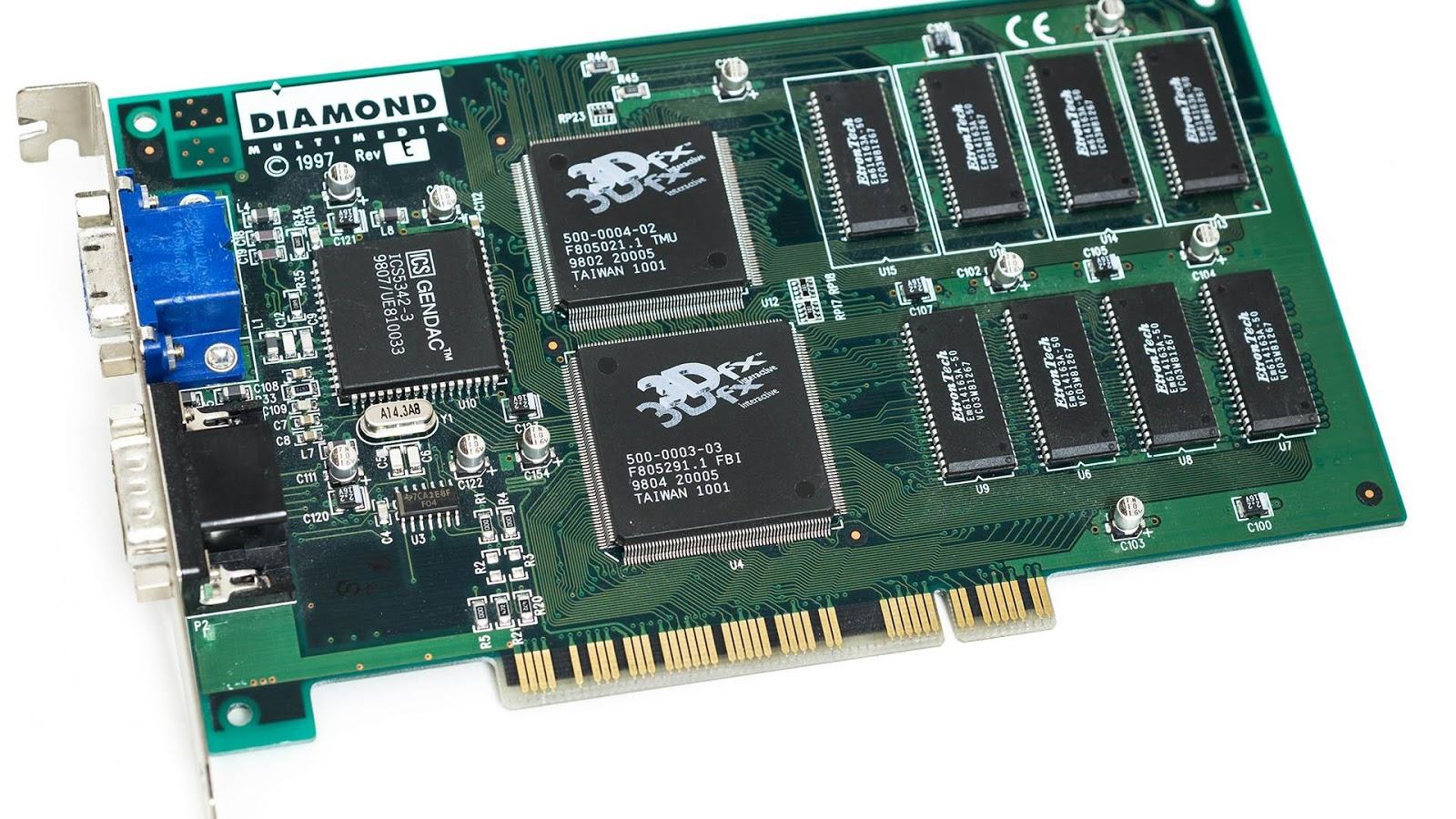
Debut year: 1996 | Clock frequency: 50MHz | Memory: 4 / 6MB | Process: 500nm
In March 1996, 3dfx released one of the first video cards that could be said to be revolutionary for PC gaming: the Voodoo card (aka Voodoo1). With a clock speed of only 50MHz and a memory of up to 4 / 6MB, Voodoo was a very good video card for 3D image processing at the time. With the highest configuration, it is capable of exporting at 800 × 600 resolution, while in the lower configuration, it can only export 640 × 480 only. Although it still has certain limitations, this is still a brilliant name, making 3dfx famous in the PC gaming segment (and later acquired by NVIDIA).
Nvidia Riva 128
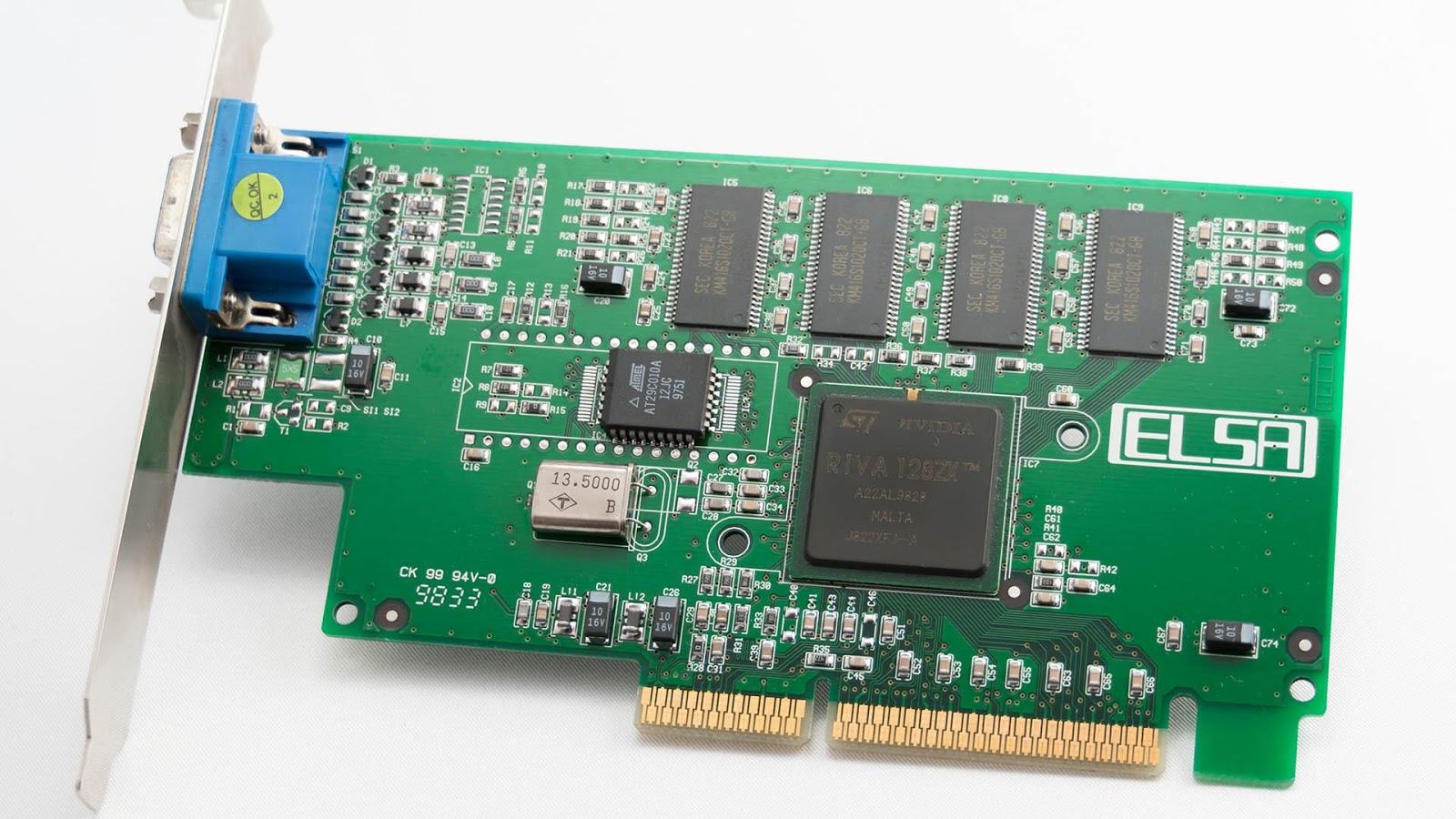
Debut year: 1997 | Frequency: 100MHz | Memory: 4MB | Process: SGS 350nm
(The picture above is an Nvidia Riva 128 ZX – a slight refresh)
A chipset company called NVIDIA soon appeared, promising to be a formidable opponent of 3dfx when it launched the Nvidia Riva 128 graphics card (aka NV3). The full name will be “Real-time Interactive Video and Animation” and integrate 2D and 3D acceleration capabilities in a chip for ease of use. Overall, it has very good performance with 100MHz clock for GPU core and memory (twice as much as Voodoo) and has a memory capacity of 4MB SGRAM. This is also the first card to help NVIDIA mark its name on the map, and if you look at the arrangement of memory chips around the central chip, you will see this is the “ancestor” of the cards. GeForce later. Of course, NVIDIA Riva 128 has not been able to take a long time before being attacked by 3dfx with Voodoo2.
3dfx Voodoo2
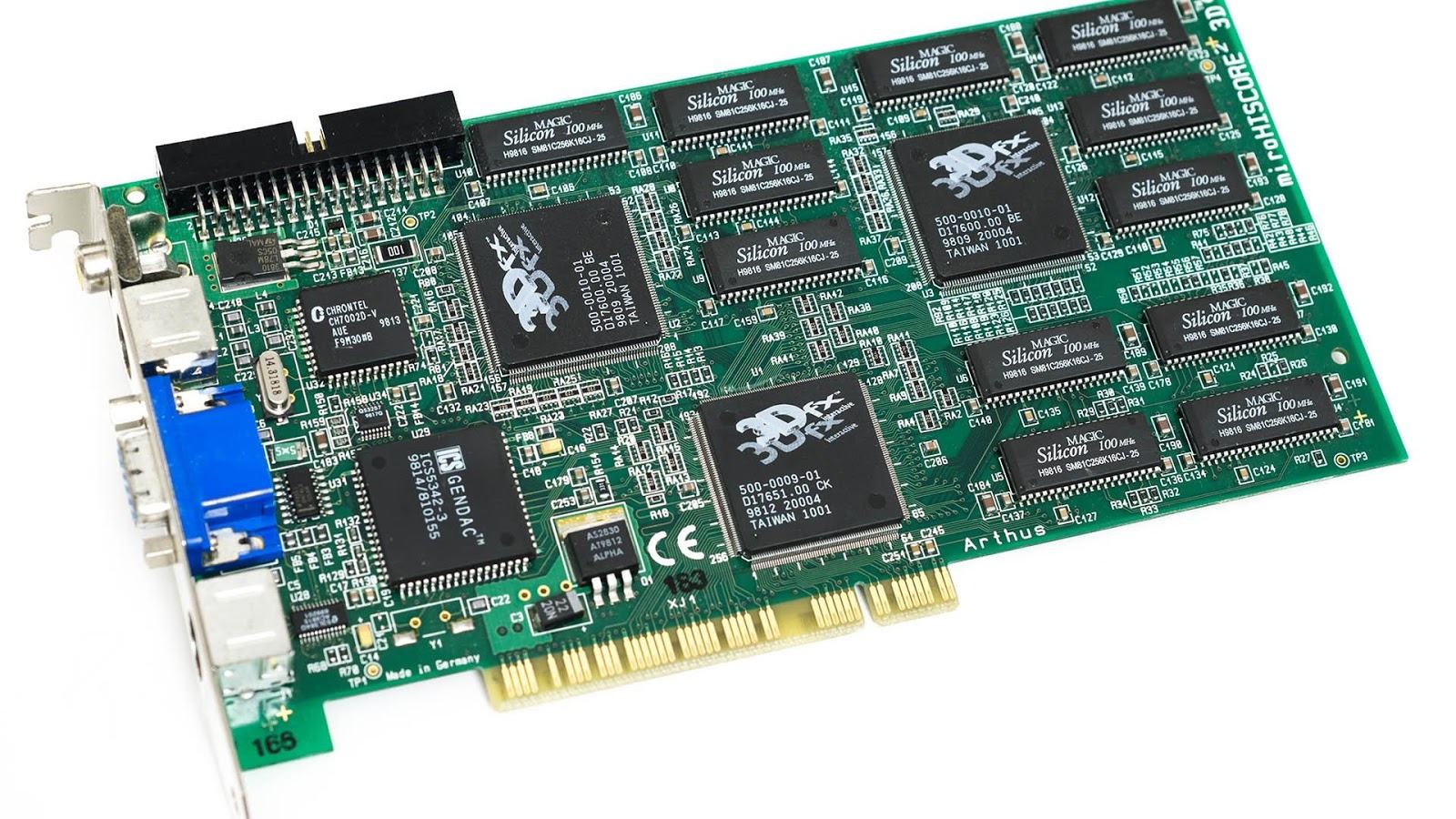
Debut year: 1998 | Clock core speed: 90MHz | Memory: 8 / 12MB | Process: 350nm
Voodoo2 is too famous now because it had amazing performance at the time, making a great impression in the GPU market. Voodoo2 has a core clock and memory clock of 90MHz, 8 / 12MB memory capacity, and SLI support – when connected to a second card it can output images at up to 1024 × 768 resolution. 3dfx maintained its position for a long time, but then the company made extremely wrong moves, leading to bankruptcy.
Nvidia GeForce 256
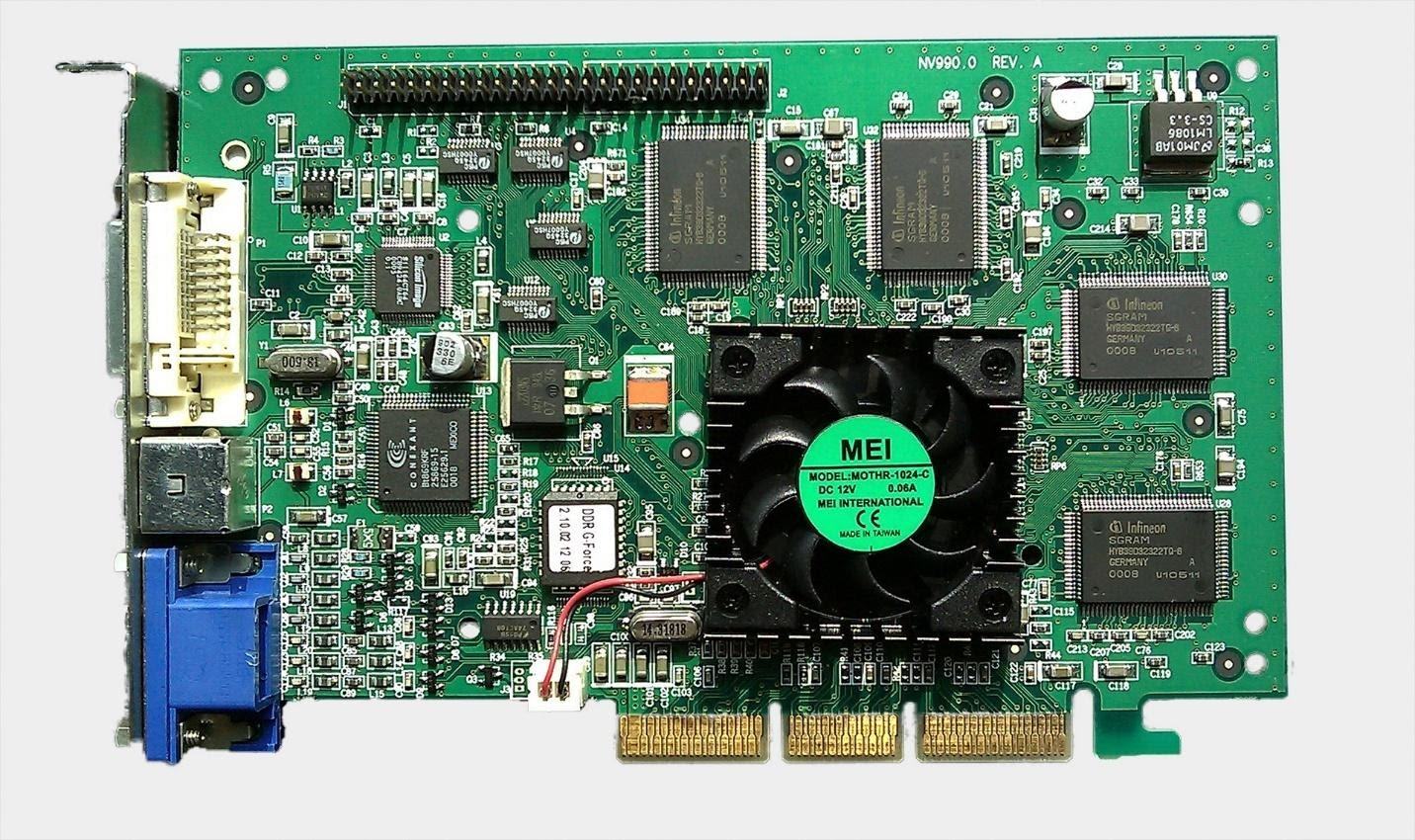
Debut year: 1999 | The core clock speed: 120MHz | Memory: 32MB DDR | Process: TSMC 220nm
This is the first graphics card from the GeForce series and is likened to “the first GPU card in the world”. In fact, this is just a marketing trick of NVIDIA, it is simply a name that NVIDIA for the solution they are using: a single chip – graphics processing unit (GPU). And as you have seen, this GPU name has been well received by many in the industry. Of course, the GeForce 256 is still a card worthy of this title, which integrates acceleration for light and transform into the GPU, along with 120MHz clock and 32MB DDR memory ( for premium version). In addition, it also supports Direct3D 7 to help play classic PC games at the time.
Nvidia GeForce 8800 GTX
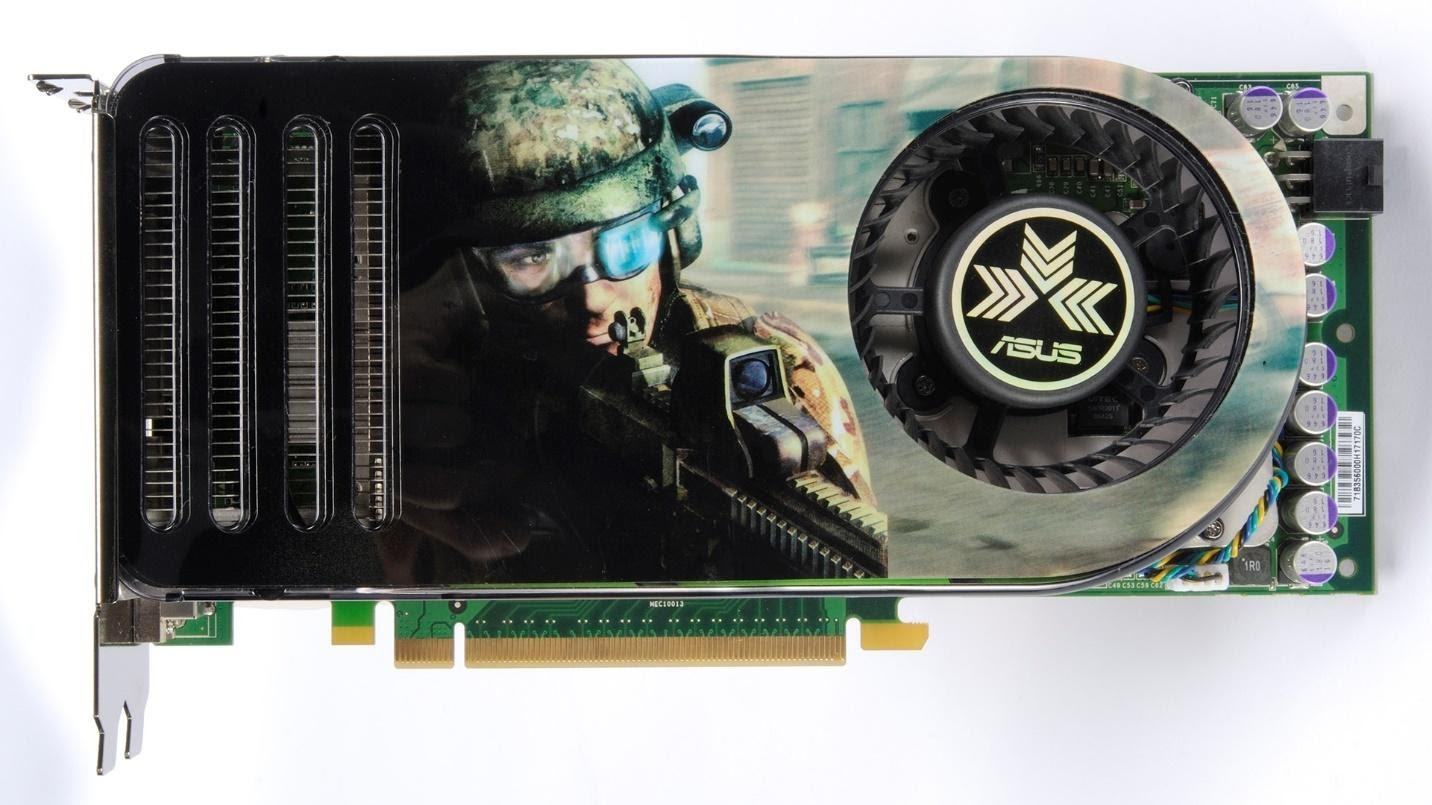
Debut year: 2006 | Clock core speed: 575MHz | Memory: 768MB GDDR3 | Transistors: 681 million | Process: TSMC 90nm
Once NVIDIA launches the GeForce 8800 GTX, there’s no question about it. For anyone who wants a card that catches attention and doesn’t care about the size, this will be the answer for you. With 128 Tesla cores inside the G80 GPU and 768MB GDDR3 memory, the GeForce 8800 GTX is an extremely familiar name to this day. At the time of launch, this was the card that dominated the market and it had held onto this position for a long time thanks to Direct3D 10 and a few other features. Well, especially it runs Crysis, bro.
ATI Radeon HD 5970
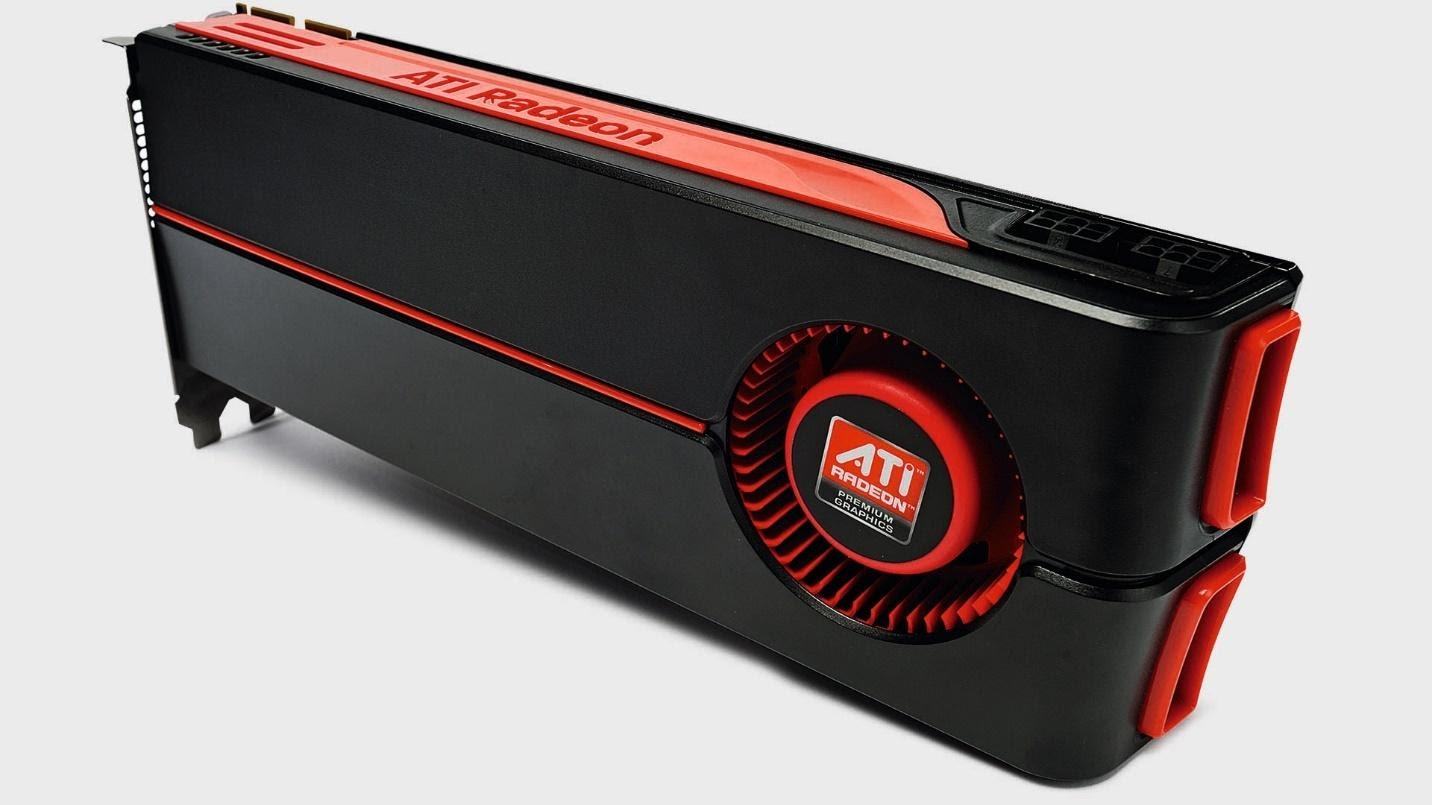
Debut year: 2009 | Clock core speed: 725MHz | Memory: 2048MB GDDR5 | Transistors: 4308 million | Process: 40nm
ATI was busy making console chips in the 1990s and early 2000s, and they also made very good GPUs, such as the X1900 XTX. In 2006, AMD acquired ATI, and the Radeon brand of course went to the red team. After the failure of HD 2000 and 3000 series, AMD created HD 4870 and HD 4850 quite quality, but the most outstanding is the Radeon HD 5970. Basically, this is the Cypress GPU version. bigger, owning 1024MB memory and 256-bit bus … doubling. Yes, this card has up to 2 GPUs so it is even better now, helping it dominate the PC gaming market at the time. “Traditional” equipping two chips into one card continues until AMD Radeon R9 295X2 and NVIDIA Titan Z.But since multi-GPU support is showing signs of slowing down, this tradition is no longer popular.
Nvidia GTX Titan
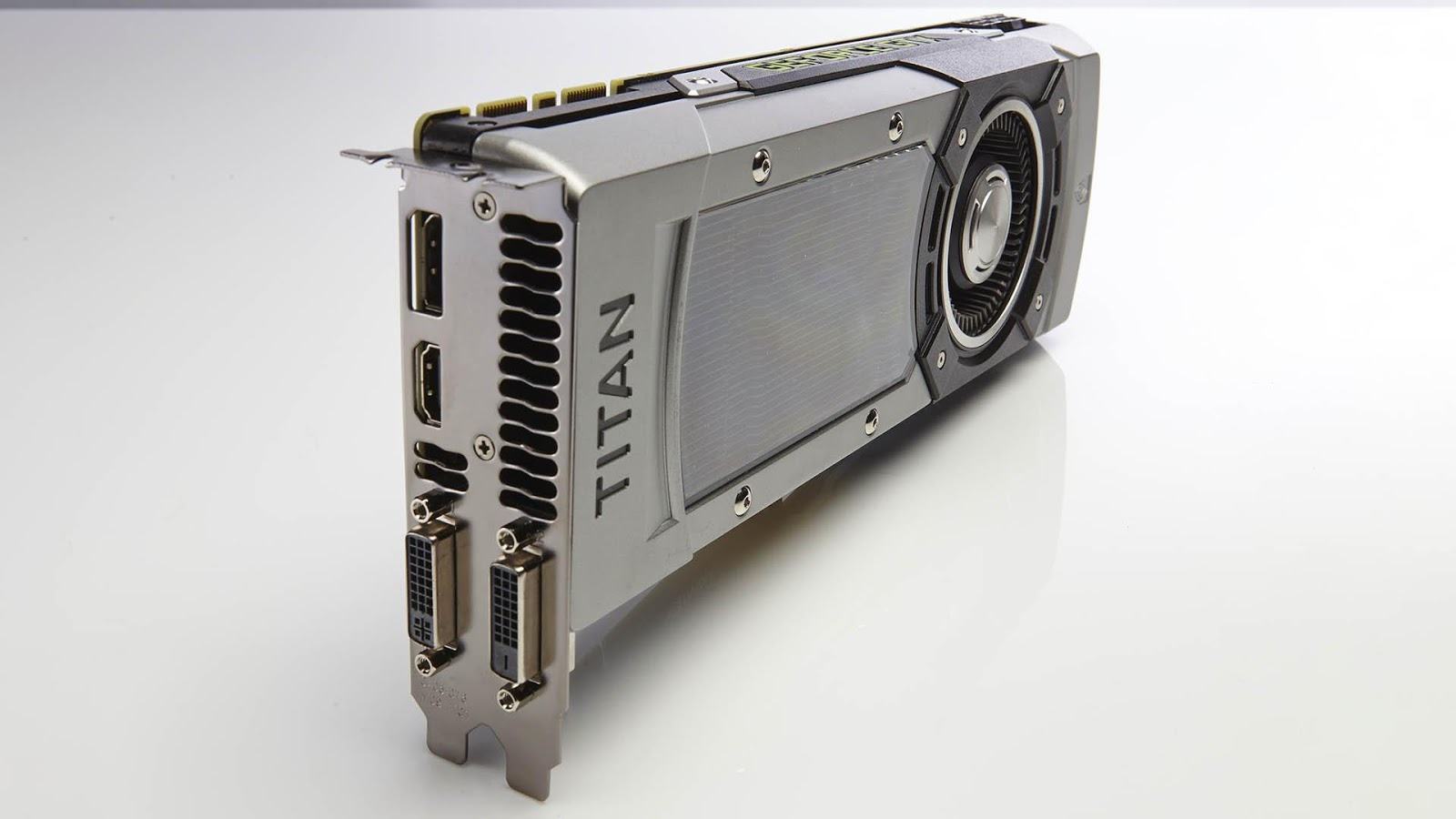
Debut year: 2013 | Clock core speed: 837MHz | Memory: 6144MB GDDR5 | Transistors: 7080 million | Process: TSMC 28nm
NVIDIA first launched the GTX Titan in 2013, and at that time it was sitting on top of other graphics cards thanks to its extreme performance. It can be said that this is the first universal card for technology enthusiasts. The GTX Titan has 2688 CUDA cores and has a boost frequency of 876MHz. As for memory, it had 6GB of GDDR5 (384-bit), which was good enough for all types of games at the time. It was as if NVIDIA had decided to put all the best in this card, causing many people to crave to own this monster. Just a GPU with extremely advanced architecture, capable of throwing AAA games at that time was more than enough to make running two cards become … outdated.
Nvidia GeForce GTX 1080 Ti

Debut year: 2017 | Clock core: 1480MHz | Memory: 11GB GDDR5X | Transistors: 12 billion | Process: 16nm TSMC
The Pascal architecture is a glorious feat for NVIDIA, and the GeForce GTX 1080 Ti is a testament to this. Thanks to the extremely good performance / power consumption, until now this is still one of the video cards that many gamers desire. At the time, the GTX 1080 Ti was the top name in terms of performance when playing games, even better than the Titan X (Pascal). After that, NVIDIA released the more genuine Titan Xp for $ 1200, but the performance of the GTX 1080 Ti at $ 699 was very close to that of Titan Xp, not inferior, but in terms of performance / price. So the GTX 1080 Ti wins the game very convincingly.
AMD Radeon RX 580
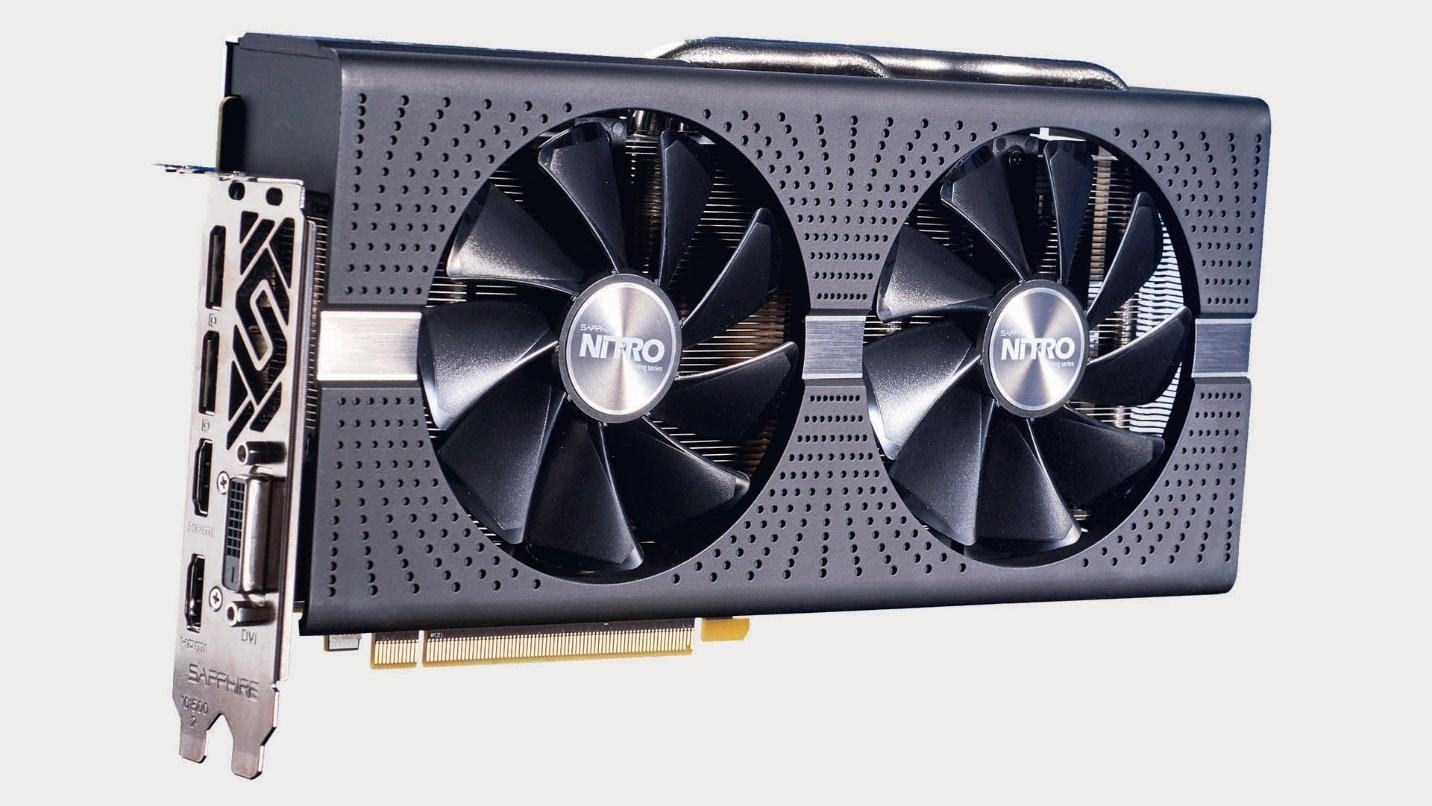
Debut year: 2017 | Core clock: 1257MHz | Memory: 4GB / 8GB GDDR5 | Transistors: 5.7 billion | Process: 14nm GlobalFoundries
This is a video card equipped with Polaris GPU at a very accessible price, suitable for those who want to fight games at 1080p. With slightly better performance than the RX 570, the RX 580 has helped AMD win the hearts of gamers thanks to the extremely attractive performance / price level. It has helped a lot of brothers to join the PC gaming society without investing too much money to play their favorite games. Even talking about digging virtual money, this is a digital GPU always brothers. At that time, gamers who want to get AMD graphics card to assemble … good luck.
Nvidia GeForce RTX 2080 Ti
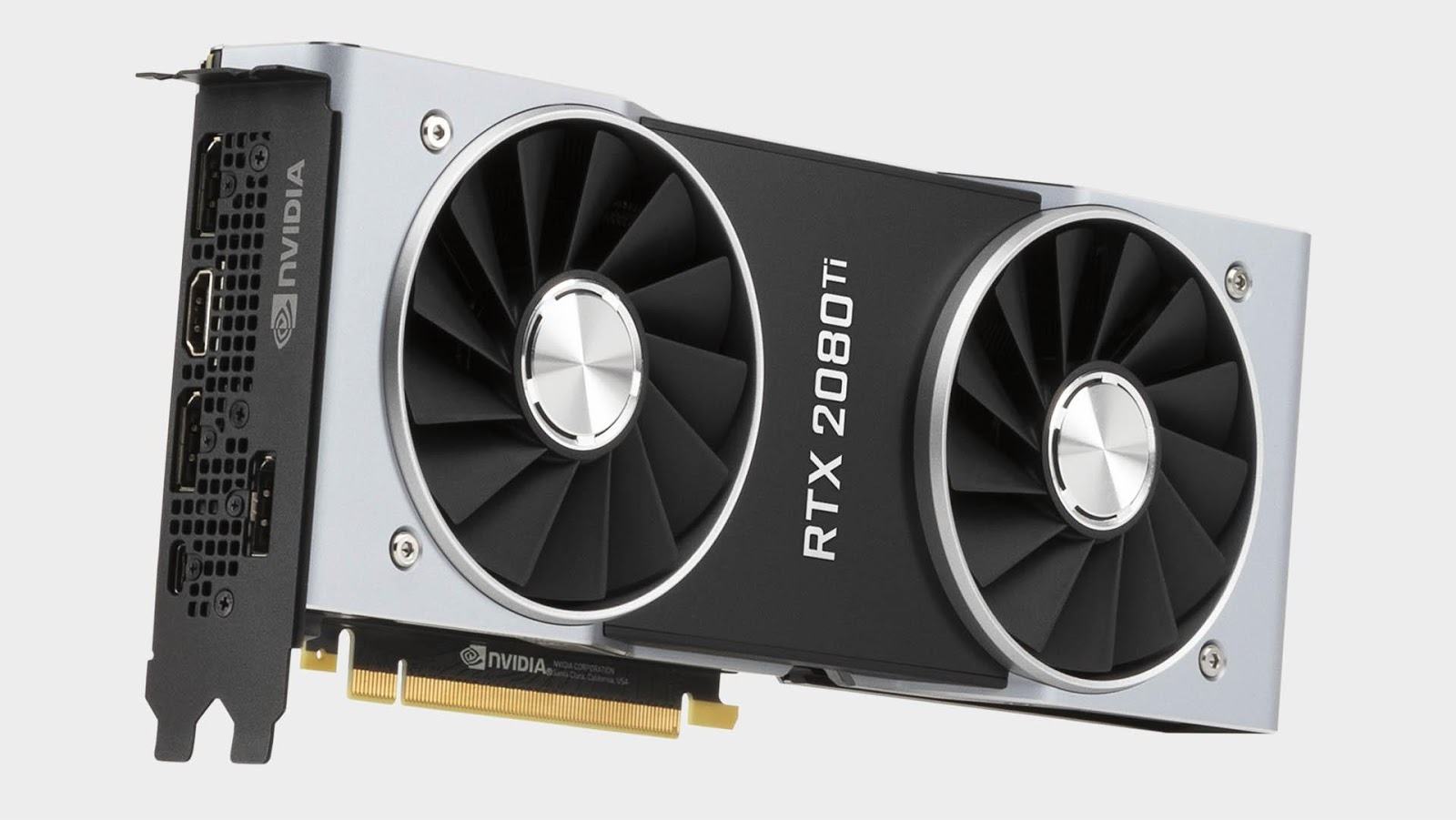
Debut year: 2018 | Clock core: 1350MHz | Memory: 11GB GDDR6 | Transistors: 18.6 billion | Process: TSMC 12nm
As of the time of writing, who wants the highest gaming performance at any cost. At $ 1200, this is indeed the most expensive video card in the mainstream, but with a GPU containing 4352 cores, even the RTX 2080 Super cannot keep up. Plus memory 11GB GDDR6 (total bandwidth 616GB / s), to put it bluntly this is a monster brother. Therefore, in order to possess this terrible power, it is reasonable to pay a lofty price. In addition, the RTX 2080 Ti is not only a very powerful video card, it is also the reason why running 2 cards is less and less supported by game developers. One card is enough, at least for now.

